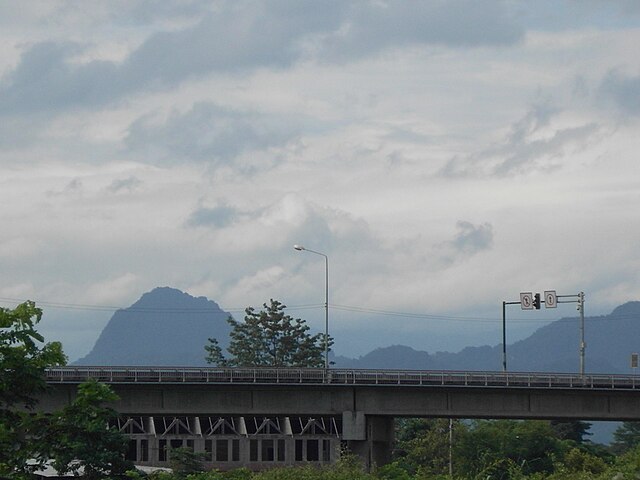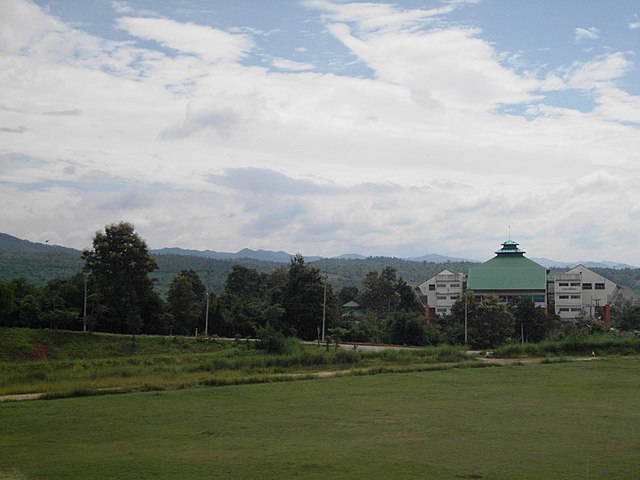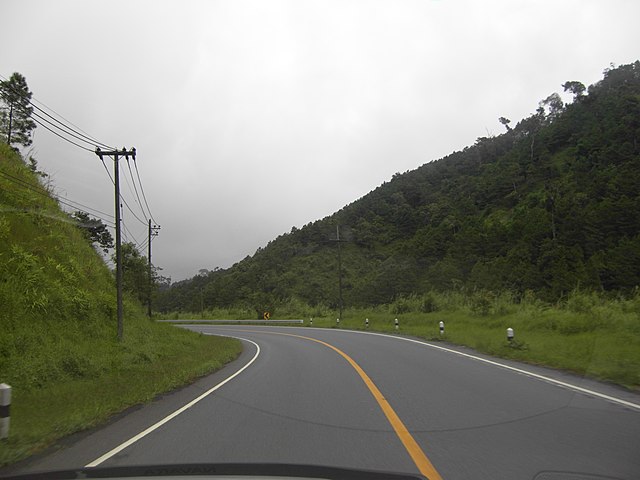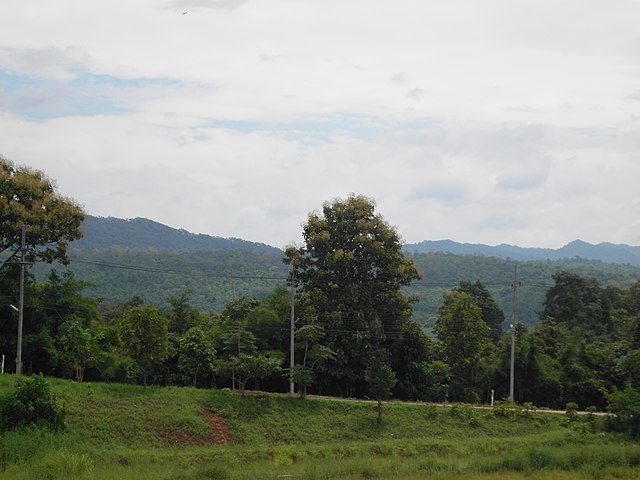
Thammasat University students interested in ASEAN studies, India, Myanmar, Thai studies, political science, international relations, diplomacy, and related subjects may find it useful to participate in a free 16 May Zoom webinar on Delhi, Bangkok, and Naypyidaw: Choices, Concerns, and Options.
The event, on Thursday, 16 May at 1pm Bangkok time, is presented by the ISEAS – Yusof Ishak Institute, Singapore.
The TU Library collection includes research about different aspects of international relations between Thailand, India, and Myanmar.
Students are invited to register at this link:
https://us06web.zoom.us/webinar/register/7417146425266/WN_K0Z3A8qbSBOg4mCVn9EKsg#/registration
The event webpage explains:
About the Webinar
When the Myanmar military seized state power in 2021, Delhi and Bangkok were among Myanmar’s neighbours continuing engagement with the State Administration Council (SAC) military regime in Naypyidaw for pragmatic reasons. Thailand initiated, and India continued, Track 1.5 “neighbour diplomacy” discussions with the SAC. Delhi and Bangkok have opted to continue economic interactions with Naypyidaw, amid escalating conflict along the respective borders. The shift in conflict dynamics in Myanmar has also affected how Delhi and Bangkok view and address refugee/migrant flows, and the increasing visibility and spread of transnational crime activities along the border.
The ISEAS Myanmar Studies Programme invites two analysts to discuss the choices, concerns and options for Delhi and Bangkok in their continuing interactions with Naypyidaw as the 2021 coup aftermath enters a fourth year.
About the Speakers
Angshuman Choudhury is currently Associate Fellow at the Centre for Policy Research, New Delhi. […]
Bhanubhatra Jittiang is the Vice Dean for Academic and International Affairs, and Assistant Professor of Political Science at the Faculty of Political Science, Chulalongkorn University, Thailand. […]
Moe Thuzar (discussant) is a senior fellow at the ISEAS – Yusof Ishak Institute, where she coordinates the Myanmar Studies Programme.

Among projects involving the three nations is the India–Myanmar–Thailand Trilateral Highway (IMT Highway).
A 1,360 km (850 mi) long route, it is a 4-lane highway under construction under India’s Look East policy that will connect Moreh, India with Mae Sot, Thailand through Myanmar.
The Imphal-Mandalay-Bangkok route, a 1,813 km (1,127 mi) stretch consisting of Imphal-Mandalay 584 km (363 mi) and Mandalay-Bangkok 1,397 km (868 mi), is a highway in good condition except for 101 km (63 mi) part of 120 km (75 mi) long Kalewa-Yagyi stretch being built to 2-lane in each direction (total 4 lanes) highway by India.
The road is expected to boost trade and commerce in the ASEAN–India Free Trade Area, as well as with the rest of Southeast Asia.
India has also proposed extending the highway to Cambodia, Laos and Vietnam.
Last year The Diplomat reported:
The Indian Trilateral Highway Project and Myanmar’s Spring Revolution
In order to complete the ambitious connectivity project, New Delhi has no option but to work more closely with Myanmar’s resistance forces.
Following years of hiatus due to political instability and the COVID-19 pandemic, India is prioritizing ways to resume the implementation of the India-Myanmar-Thailand trilateral highway project. This is a significant regional connectivity project aimed at establishing a road link between the three nations. The 1,400-kilometer highway begins in Moreh in India’s Manipur state, passes through Myanmar, and ends at Mae Sot in Thailand. The project was approved at an India-Myanmar-Thailand ministerial-level meeting in 2002, construction began in 2012, and now around 70 percent of the project has been completed. The India-Myanmar Friendship Road, which forms the first segment of this highway, starts from the border at Tamu/Moreh to Kale township and Kalewa in Sagaing Region.
A complicating factor is that the international boundary of India and Myanmar divides the homeland of many ethnic groups in both countries. There has been a longstanding boundary dispute as well as communal ethnic conflict in the regions since the two nations’ respective independence from British in 1947-48. Ethnic conflict in Myanmar and India’s Northeast region has created hurdles to the completion of the trilateral highway project.
The repercussions of the recent communal conflict between the Kuki and Meitei peoples in Manipur and the 2021 military coup in Myanmar have placed a particular strain on the project. Without ending more than seven decades of ethnic conflict and the Spring Revolution that emerged in the wake of the 2021 coup, the military junta in Naypyidaw cannot hope for the stability and the long-term developments that they desire, even if they maintain good relationships with neighbors like India. Indeed, the success or failure of the India-Myanmar-Thailand trilateral highway project very much depends on the ongoing territorial-based ethnic conflicts in India’s Northeast and the Spring Revolution in Myanmar.
India-Myanmar Relation
[…] India’s approach to Myanmar since the military coup in 2021.
New Delhi has supported the junta by supplying military equipment including arms and other economic projects. India is working with the junta on a controversial project known as the Kaladan Multi-modal Transit Transport Project, linking eastern Indian seaport of Kolkata with Sittwe seaport of Rakhine State in Myanmar. In May, military officers from the two sides held an opening ceremony for the project in Sittwe, the capital of Rakhine State in western Myanmar. […]
In December of last year, India joined Russia and China in abstaining in the vote on a United Nations Security Council resolution calling for a stop to the flow of arms to the Myanmar military. India has also shown a willingness to assist in the Myanmar military’s genocidal policies toward the Rohingya people by paying for the construction of prison camps in Rakhine State, which they were to be held in if they agreed to return from refugee camps in Bangladesh. Furthermore, India allows the junta to participate in their military exercises and holds frequent meetings with Myanmar army officers. […]

The NUG’s Golden Opportunity to Build Trust With New Delhi
As mentioned, security concerns and ethnic tensions in both India and Myanmar are currently a hindrance to the implementation of the India-Myanmar-Thailand trilateral highway project. The political upheaval and security situation in Myanmar remain a particular significant concern. Chin State, Sagaing Region, Magway Region, and Karen State, where majority of the work is under progress, are engulfed in conflict between the junta and a number of longstanding ethnic armed organizations (EAOs) and newer People Defense Forces (PDFs) that have been formed since the coup. […]
Inside Myanmar, a large proportion of the projected highway routes pass through EAO- and PDF-controlled areas and regions, such as in parts of Chin State, Sagaing Region, and Magway Region. These areas have been centers of resistance to the junta and the sites of some of the most intense armed clashes between the junta and the resistance groups.
In November 2022, there was reports of attacks conducted by PDF troops on vehicles and disruption of transport routes. The number of attacks escalated in 2023. This has led to concerns about the safety of the contractors, workers, and drivers working on the highway, as well as passengers using those sections that have been completed. If the political situation in Myanmar remains unresolved, the completion of the project seems improbable.
The recent unrest in Manipur has only added to the challenges facing the project. India’s Manipur state shares a 398-kilometer-long, heavily forested, and porous international border with Myanmar; most insurgent groups active in the Northeast have their main bases and training centers inside Myanmar. This has long been one of the most difficult conundrums for both New Delhi and Naypyidaw. […]

(All images courtesy of Wikimedia Commons)
